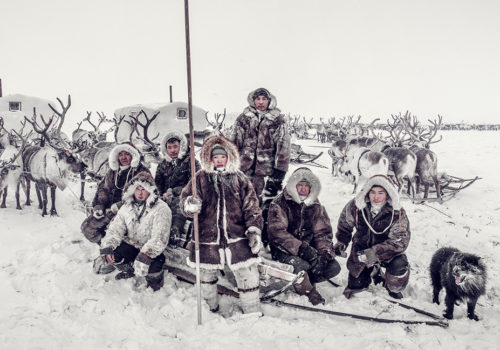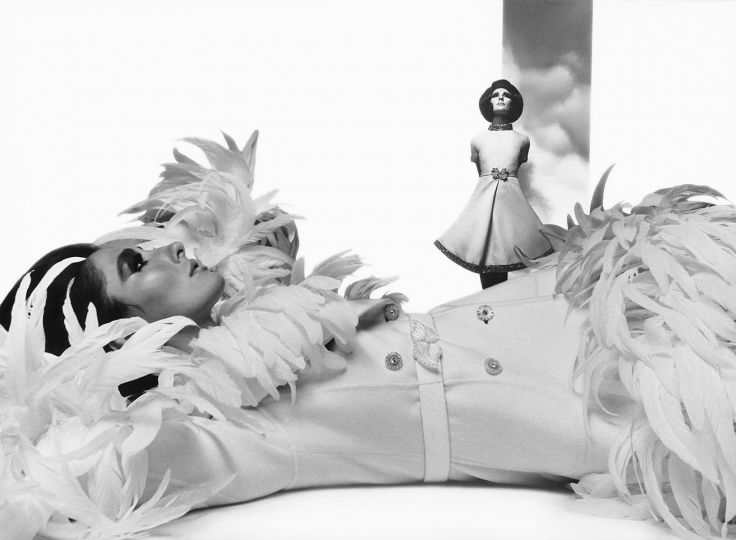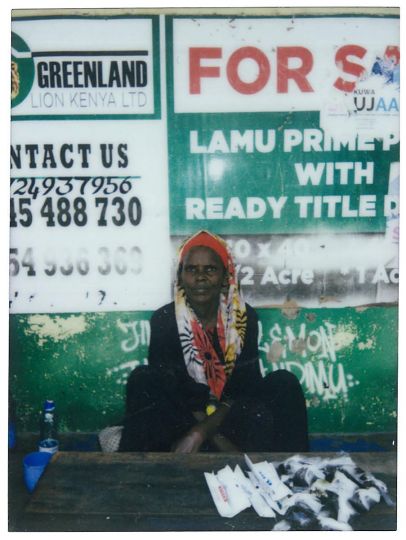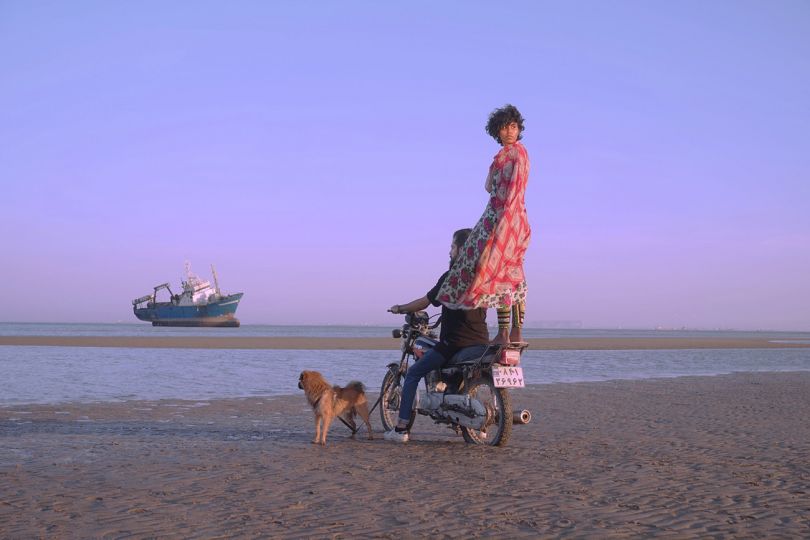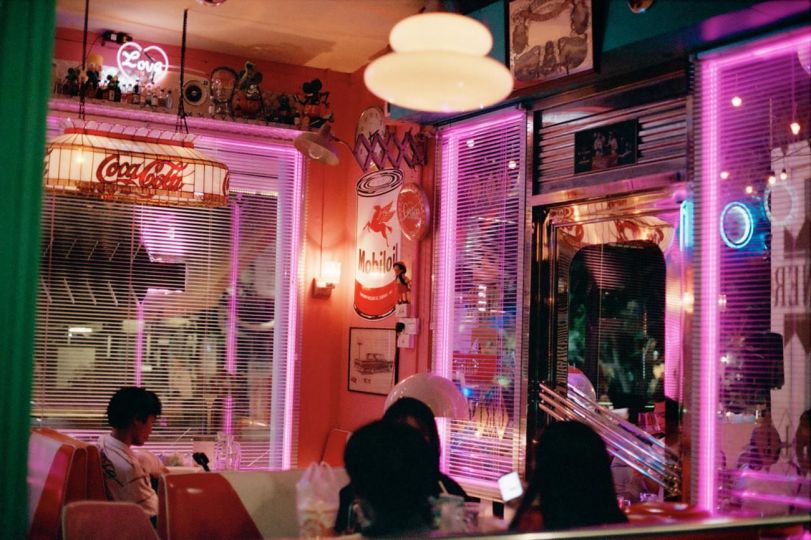Jimmy Nelson: A true fascination for harmony
During his childhood, Jimmy Nelson traveled extensively thanks to his parents’ work. At the age of 17, he started taking pictures to remember places. Since then, he has been photographing people so that they will not be forgotten and so that they can be seen in a different light. He is, in this sense, an amateur anthropologist.
After spending 10 years in a Jesuit boarding school in the north of England, the young man left to cross Tibet by himself on foot. His journey lasted a year and on his return, his unique visual diary containing revealing images of a previously inaccessible Tibet was published and brought him enormous international success, leading to his collaboration with many of the world’s most influential publications.
In early 1994 and over a period of 40 months, Jimmy Nelson and his wife Ashkaine began producing “Literary Portraits of China”, a project that took them to every corner of the People’s Republic, which was just beginning to open to the world. Once the project was completed, the photographs were exhibited at the People’s Assembly Palace in Beijing’s Tiananmen Square before going on a world tour.
In 1997, Jimmy Nelson began working in advertising for major brands.
Fascinated by indigenous cultures, the photographer between 2010 and 2014 began to travel the world, to learn more about some of the cultures still present on the planet. His many travels throughout his life made him realize that his camera was the perfect tool to make contacts and build strong and unique friendships, that it was a tool that allowed him to connect with previously unknown communities in some of the most remote places in the world.
His project, “Before They Pass Away,” aims to spark discussions about the authenticity of these fragile, disappearing cultures. His wish is to raise awareness on the impressive variety of symbols steeped in the culture and history of these peoples.
The genesis of this project is simple. Jimmy Nelson grew up with people of all colors from all over the world, and never paid attention to their differences as a child. As a teenager, he lost his hair in 24 hours. Being confronted to people’s eyes, he realized that as he grew up, people paid more attention to distinctions. He began to feel empathy and interest in people who were “different” at that time. His message is simple: look at these people in a different way. They are strong, beautiful, rich – even if not in a material way – and they have their dignity.
Considered a self-taught ethnologist and visual anthropologist, Jimmy Nelson tries through his images to find answers to his questions through curiosity while leaving room for the questions that those who look at them may ask. Through his images, he campaigns for the recognition and remembrance of indigenous peoples.
The thirty-one tribes and endangered cultures chosen by the photographer were selected according to their particular geographical location, their extravagant traditions, and their bewitching beauty. His idea was by no means to leave room for compassion for the poor or the sick, but more by passion for the painted bodies: mirrors of pure souls, messages in the flesh, worn like a second skin. The result is spectacular and the images beautiful.
Website : www.jimmynelson.com
Instagram : Jimmy.nelson.official
Your first photographic click ?
Jimmy Nelson : My first photographic click was around my 18th birthday in November 1985 in Tibet.
The man of images who inspires you?
Jimmy Nelson : The main images which inspired me from the beginning were the haunting images of Edward S Curtis. He was the American photographer and chronicler of Native American peoples whose work perpetuated an influential image of Indians as a “vanishing race.” The monumental The North American Indian (1907–30), published under his name, is a major compendium of photographic and anthropological material about those indigenous peoples who, as Curtis stated in his preface, “still retained to a considerable degree their primitive customs and traditions.”
The image you would have liked to make?
Jimmy Nelson : The images I would have liked to make was the vulnerability of my first daughter Ardash as she was ritualistically making the rites of passage from childhood to adult.
The one that moved you the most?
Jimmy Nelson : The images which move me the most are ever-evolving and continually changing with time and the history of humans. The most recent is that of the Afghan refugees fleeing Kabul after the arrival of the Taliban in 2021. An estimated 640 souls crammed into the back of a C-17 aircraft and sat expressionless and numb as they were, they were historically transported to Qatar to create one of the defining images of the century.
And the one that made you angry?
Jimmy Nelson : The image that brought me to tears thereafter was an image that will haunt the world for many years to come. An image far worse than any of the images from the fall of Saigon. That of the young men desperately letting go of their last clutch to life and falling from the same C17 transporter planes in the view of the whole world.
A key image in your personal pantheon?
Jimmy Nelson : A key image in my personal pantheon was made in 2017, that of the Kaluli Tribe who live under the extinct volcano of Mount Bosavi in the Southern Highlands of Papua New Guinea. PNG is half of the second-largest island in the world and home to the most diverse and rich array of indigenous cultures still to be found on the planet. Seven proud Tribal elders standing tall, dignified, romantic even Iconic in aesthetic alignment under and in the majestic natural world of some of the last untouched habitats on the globe.
The quality needed to be a good photographer?
Jimmy Nelson : A total and unadulterated lifelong commitment to one purpose and one purpose only. That of the creative obsession to share one’s inner soul within a 2-dimensional picture that has no sound qualities, no moving qualities, no technological wonders. Just one image that just hangs modestly on a wall and brings every eye that beholds it to floods of tears.
The secret of the perfect image, if it exists?
Jimmy Nelson : There is no secret to a perfect image because that doesn’t exist,but the secret to experiencing the feeling of what it could feel like to aspire to make that perfect image is connecting to one’s truth and completely submitting to love. Understanding love is to acknowledge what one feels to be the truth as to true and unadulterated beauty.
The person you would dream of photographing?
Jimmy Nelson : One day, if I dare, I would aspire to photograph myself. In my early adulthood, I spent a passage of time longer than 15 years not being able to look in a mirror due to shame. The experience of seeing myself was just too painful to even contemplate. As the years have progressed a better growth and understanding has emerged and perhaps the ultimate meeting would be “the self.”
An essential photo book?
Jimmy Nelson : The ultimate photo book is still to be made, and I aspire to make it: a total visual encyclopaedia of all the world’s the ethnic peoples. Presented not as objects of anthropological curiosity but as heroes to all humans’ potential future of a healthy sustainable habitat of being on planet earth.
The camera of your beginnings?
Jimmy Nelson : The first camera I ever used was a Zenit B and it was given to me by my father who had previously used it on his geological discoveries whilst working for the British Antarctic Survey on the Antarctic Continent in the early 1960s.
The one you use today?
Jimmy Nelson : Today I use a combination of a bespoke made Titanium Gibellini 10×8 Analogue GP810Ti and a Digital Leica S.
Your favorite drug?
Jimmy Nelson : NATURE NATURE NATURE NATURE.
The best way to disconnect for you?
Jimmy Nelson : My best way to connect is to realise that we humans are becoming disembodied in our contemporary digitalized world almost like deconditioned animals in a zoo. I reconnect by realising that we humans have a range of resilience that could make us reuse technology for sustainability and equity not just for consumerism and war. To literally get off the couch and not try and control life’s thermostat of feelings and experiences by a remote control whilst sitting on the couch. I disconnect by disappearing into the depths of the world at its human origins.
Your greatest quality?
Jimmy Nelson : My greatest growing quality is the realisation that my time and life is so impermanent and as a result of this perhaps the obvious realisation of the need I get closer and closer to living in the moment. To be as present as possible.
An image to illustrate a new banknote?
Jimmy Nelson : Good question! A Kula ring shell. The Kula, also known as the kula exchange or kula ring, is a ceremonial exchange system used in the Pacific Islands. The Kula ring has for centuries been at the centre of an anthropological debate of the nature of giving and the existence of a reciprocal circle. The whole idea that the giving and receiving of the same state was potentially capable of reinforcing peace, human connection and the feeling of a global community.
The job you would not have liked to do?
Jimmy Nelson : As a continuation to the answer to the last question and the conversation around money, I am numerically severely dyslectic so any function associated with the collection, counting or mere thought of a numeral brings me into cold sweats of panic.
Your greatest extravagance as a photographer?
Jimmy Nelson : Today the greatest material extravagance is the purchasing & processing of 10×8 analogue film. Physical extravagance is the privilege to lead one’s life where no day is the same on the continued journey of creative discovery.
The values you wish to share through your images?
Jimmy Nelson : I aspire to connect people to the essence of what is to potentially feel the unlimited possibilities of what it is to be human.
The city, country or culture you dream of discovering?
Jimmy Nelson : I aspire in the years to come to discover the Middle East, to reignite a fearless world of curiosity and respect for a part of the world that has for many generations been shrouded in a cloak of fear.
The place you never get tired of?
Jimmy Nelson : I never get tired of the Island of Papua New Guinea. There are an estimated 7000 official languages spoken worldwide. 1/7 of all these languages are spoken on this island. I will need many more lifetimes to visit all the 700 varying indigenous groups of this spectacularly rich human part of the world.
Your biggest regret?
Jimmy Nelson : My biggest regret is the late realisation that all the continued life’s successes and failures are all part of a grand master plan.
Instagram, Tik Tok or snapchat?
Jimmy Nelson : Campfire, campfire, campfire.
Color or B&W?
Jimmy Nelson : Colour, Because B&W limits the full rainbow of human emotions
Daylight or artificial light?
Jimmy Nelson : This is a total no-brainer, DAYLIGHT. Only by studying the unpredictable and flow of natural light does one totally connect with the world as she was deemed to be lit.
The most photogenic city according to you ?
Jimmy Nelson : I have spent the majority of my adult life based in the city of Amsterdam. So subjective my answer is but it’s the only world city that I feel I could realistically represent because of the time invested in her and her in me.
If God existed would you ask him to pose for you, or would you opt for a selfie with him?
Jimmy Nelson : God as a she or he does not exist. But God as a representation of all that is beautiful is seen by me through the eyes of my camera on a daily basis.
The image that represents for you the current state of the world?
Jimmy Nelson : The image I aspire to make tomorrow that could represent the world and all that it stands for. To remind all human beings that at the heart of all that exists love is the state we need to feel and this will form the image that ……..
What is missing in today’s world?
Jimmy Nelson : Love is missing in today’s world.
And if everything was to be remade?
Jimmy Nelson : If we were to go back in time to Adam & Eve and remain in their naked innocence, when both were tempted by the evil serpent into eating the forbidden fruit and as a result they lost their innocence and had to wear fig leaves as garments. From then on their seemingly unending punishment and pain for just merely being just being human.

